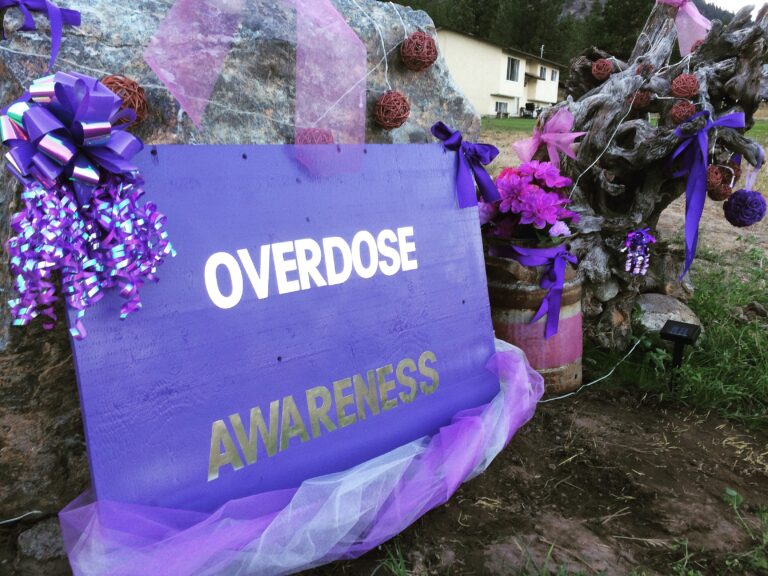5 December 2017
A National Housing Strategy
For years housing advocates have identified the need for a National Housing Strategy to address the growing housing crisis across the country. On Wednesday, November 22, the federal government announced its policies and priorities in supporting housing through the National Housing Strategy, a $20.5 billion federal framework (plus an anticipated $9 billion provincial and territorial cost-matching) for renewed federal commitment to housing in Canada. The targets outlined in the plan are ambitious and put Canada back on track in ensuring affordability into the 21st Century. The directions will need to be heavily supported through provincial investments in housing, and local government policy and planning support. The main targets outlined in the Strategy include:
- 530,000 households removed from housing need. A households is defined by the Canada Mortgage and Housing Corporation (CMHC) as in core housing need if its housing does not meet one of the following standards: adequacy (no major repairs required), suitable (has enough bedrooms to meet National Occupancy Standard), affordable (costs less than 30% of before-tax household income).
- 385,000 households protected from losing affordable housing
- 300,000 existing housing units repaired
- 100,000 new housing units created
- 300,000 households provided with affordability support through the Canada Housing Benefit
- 50% reduction in chronically homeless shelter users
In terms of new programs and resources, there are five key takeaways and funding commitments from the Strategy that communities should be aware in planning to address housing issues. The funding commitments outlined below refer to federal commitments, with anticipated matching funds from provincial/territorial partners:
1. Housing as a human right: Through legislation the federal government will mandate housing as a human right, requiring subsequent federal governments to continue to renew and commit to a federal housing strategy on an ongoing basis.
2. Re-engagement in housing through a Housing Co-Investment Fund: The federal government has announced $4.7 billion in funding and $11.2 billion in low-interest loans to support partnerships with provinces, local governments, non-profits, co-operatives and the private sector, with the intention of creating 60,000 new units and repairing 240,000 existing units. This funding stream will require funding investment from another level of government; this could include provincial investment, or municipal/local government investment through land contributions, inclusionary zoning, DCC waivers, tax rebates and other local government initiatives. Population specific priorities include a minimum of 12,000 new seniors units, 2,400 units for individuals with developmental disabilities and 7,000 new or repaired shelter for survivors of family violence.
3. A focus on maintaining existing stock and affordability: The Canada Community Housing Initiative ($4.3 billion) will require provinces and territories to cost-match in order to access this funding pool and is primarily intended to protect existing households from losing affordable housing through repair and renewal. The 10-year Federal Community Housing Initiative ($500 million) will support the development of new housing agreements to replace expiring operational subsidies to existing affordable housing projects. Housing providers will also be able to access new loan programs for housing providers to repair existing housing stock and increase energy efficiency.
4. Introduction of a new rental housing supplement in partnership with the provinces and territories: The Canada Housing Benefit is a $4-billion commitment designed to supplement annual household rent for renting households (to be rolled out by 2020).
5. Further commitment to addressing homelessness: In addition to existing Homeless Partnering Strategy (HPS), the federal government has committed to an additional $2.2 billion over 10 years to address homelessness.
Additionally, the Strategy commits to innovation and equity in the housing sector through the following measures and approaches:
6. Commitment to renewed work with Indigenous communities: The federal government has committed to the development of a First Nations National Housing and Infrastructure Strategy, ongoing work wit the Inuit-Crown Partnership Committee and building on the Canada-Metis Nation Accord in order to address Indigenous housing issues.
7. New housing research agenda: The Strategy commits $241 million to the National Housing Strategy Research Agenda to develop solutions both inside and outside government to introduce and pilot solutions.
8. Limited measures to address affordable ownership: The program currently aims to strengthen regulations around access to mortgages and mortgage fraud.
9. Develop a Gender-Based Analysis Plus approach to housing issues: The federal government commits to an approach to addressing housing issues that ensures that will not negatively impact Canadians on the basis of gender and other identity factors.
The National Housing Strategy represents a huge step from the federal government toward fulfilling its election promise to address housing issues in Canada. This announcement signals a renewal in the partnership between the federal government and its provincial and territorial counterparts to address homelessness, aging housing stock, the expiry of operating agreements and a range of other issues facing the non-profit and affordable housing sector.
There are significant opportunities for local governments to partner directly with the federal government, as well as initiate housing initiatives involving all three levels of government. The work that remains for communities is to prepare ourselves to access these resources, and the anticipated matching resources from our provincial governments. It will be important to develop local capacity, supports, and policies to ensure these resources can be equitably distributed across rural and urban communities. This readiness can range from updating needs assessments, to reviewing policies related to housing, to identifying opportunities for housing with non-profit and development partners. With an appropriate groundwork laid, local governments and communities can ensure that safe, accessible housing is once again a cornerstone of our communities. Local governments and non-profit partners are readying themselves.




